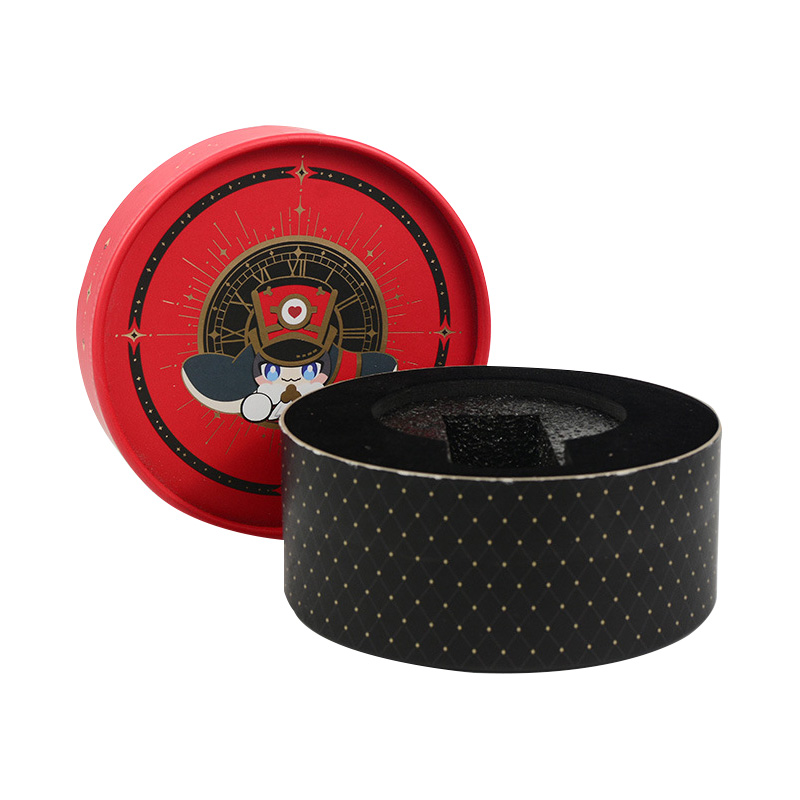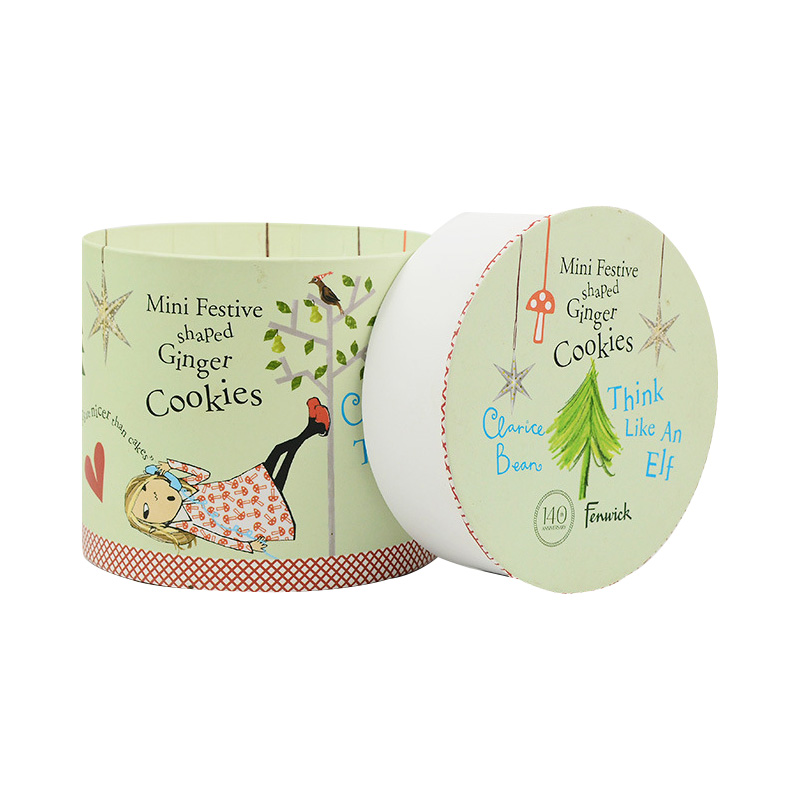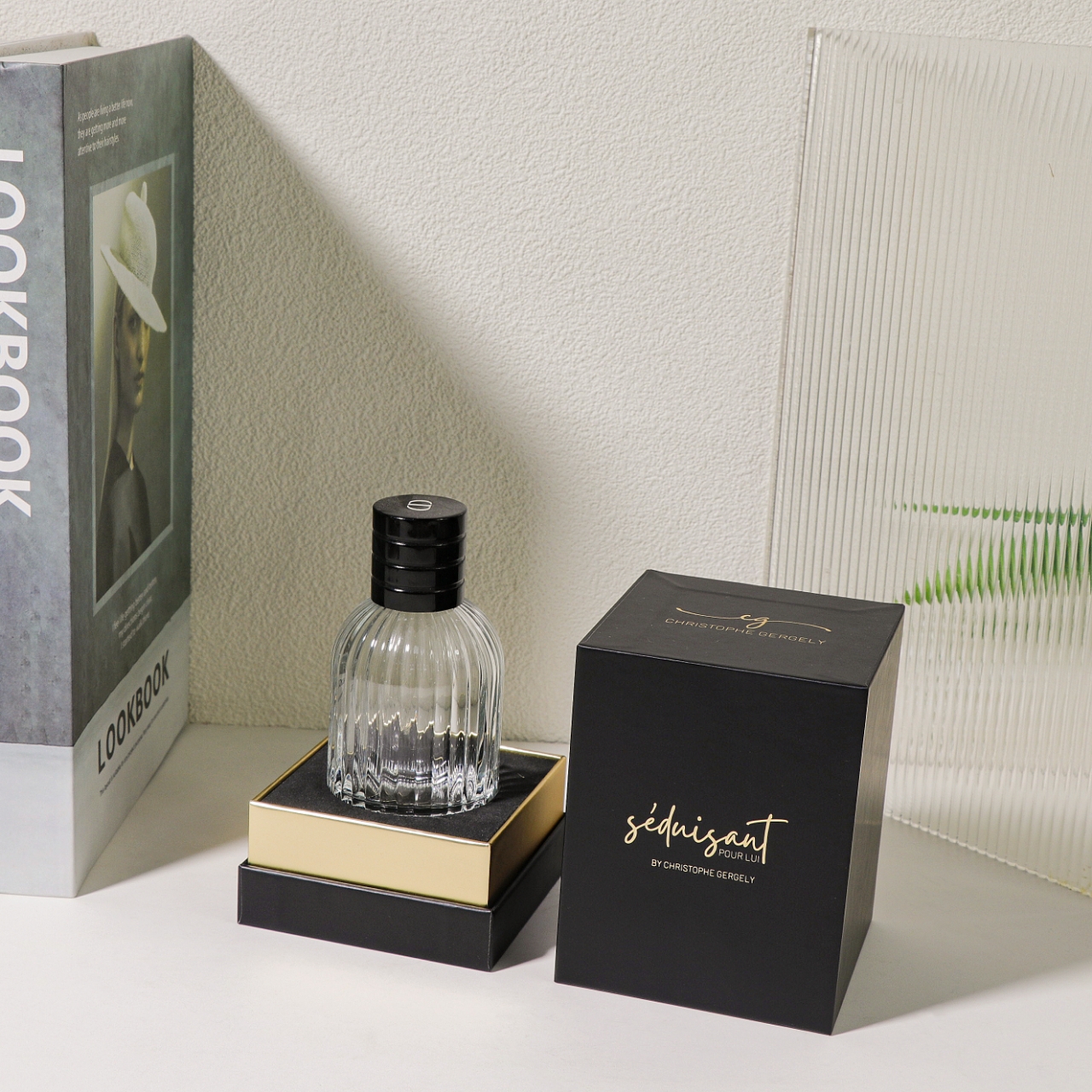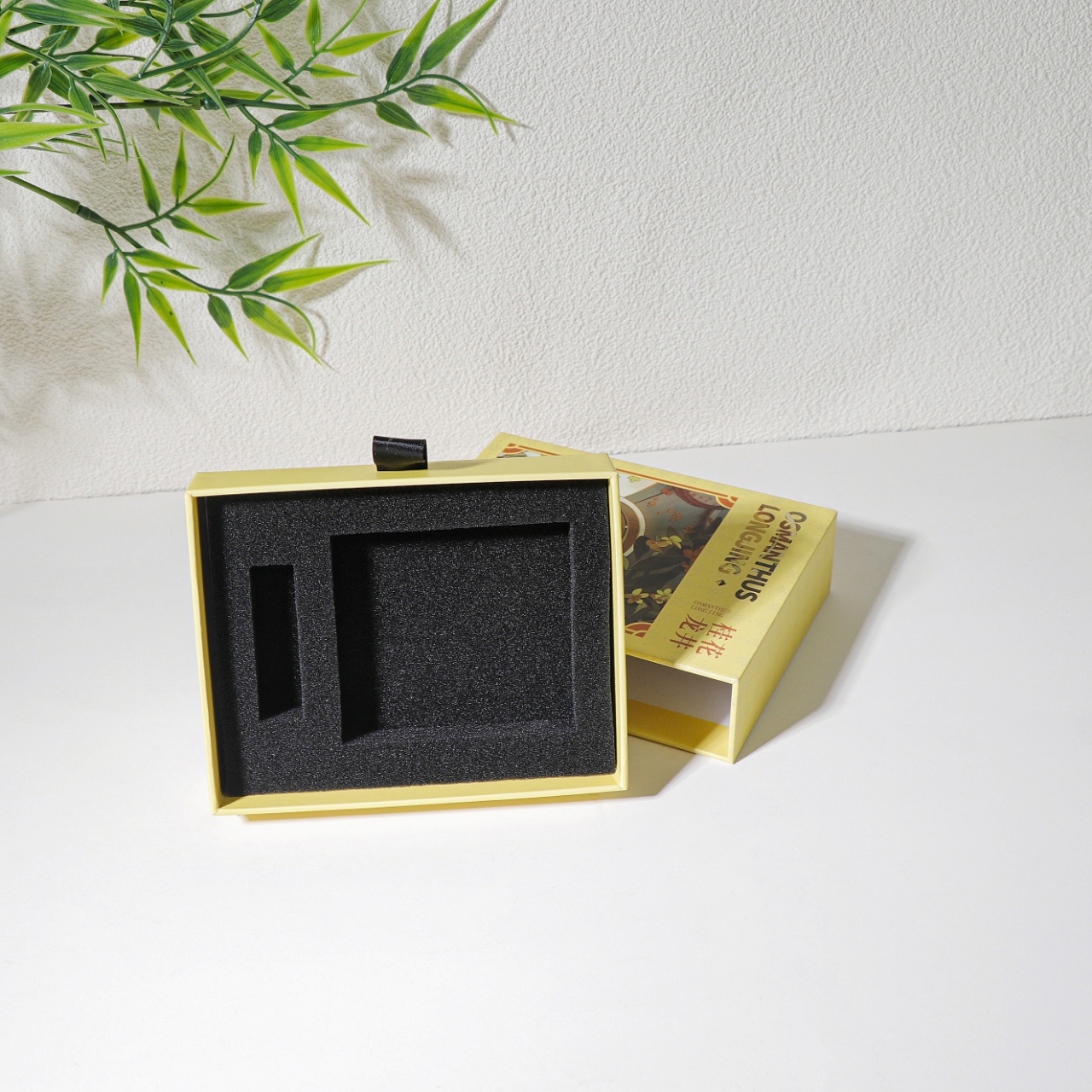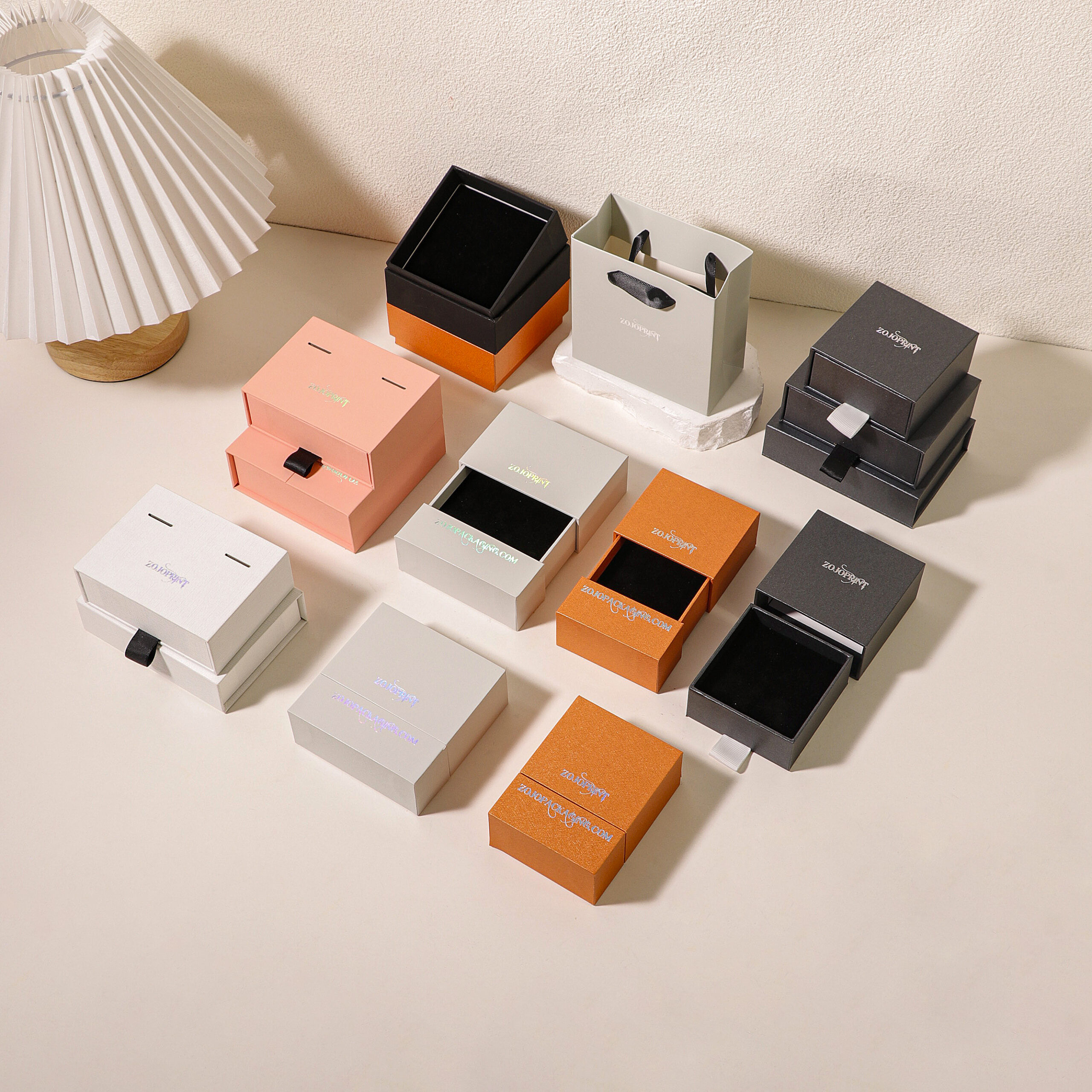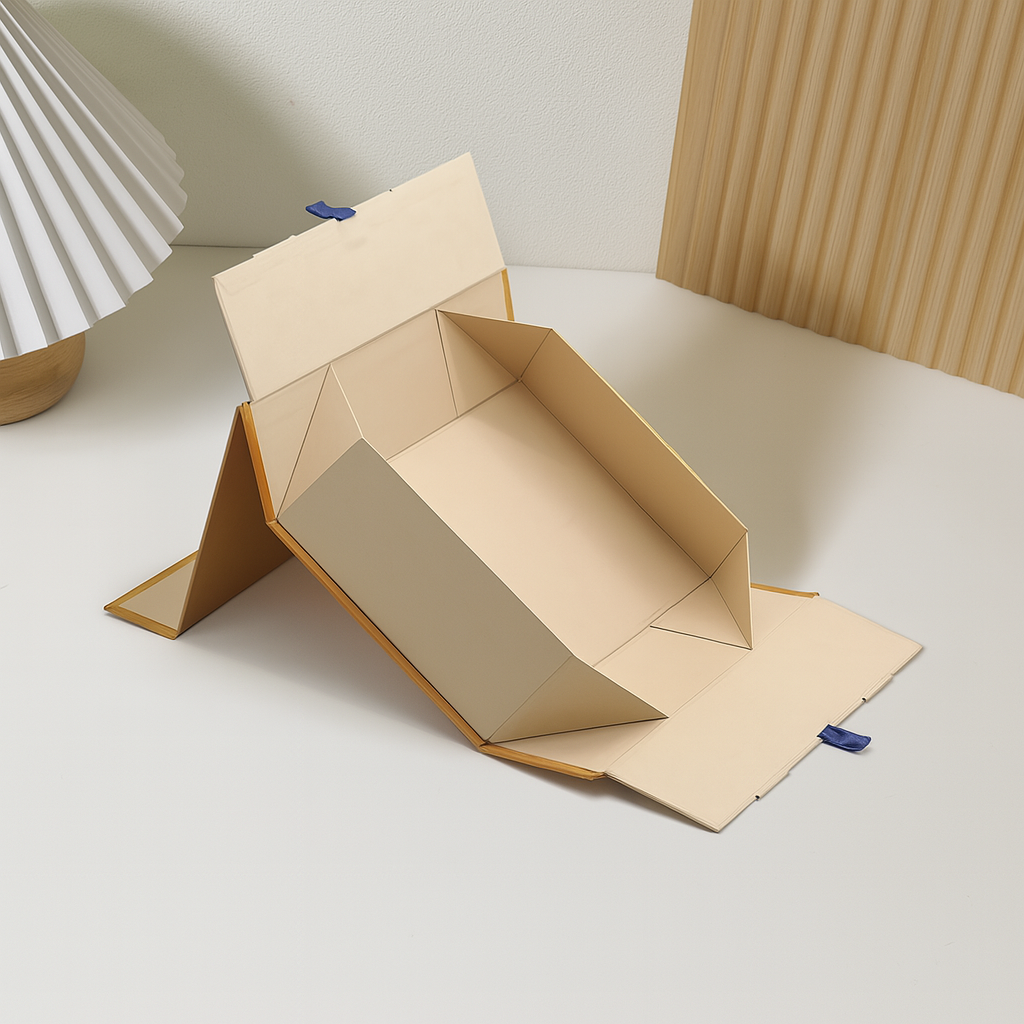Introduction
Child-resistant product packaging works as an essential barrier between interested youngsters and hazardous materials. Personalized child-resistant boxes incorporate safety with advancement, sticking to rigid regulatory standards while fitting diverse item requirements. This write-up examines their design concepts, screening requirements, and applications across industries– emphasizing why certified child-resistant product packaging stays indispensable for modern safety compliance.
1. The Scientific Research Behind Child-Resistant Packaging
Child-resistant boxes go through rigorous testing to balance kid deterrence with grown-up accessibility. In the united state, the Consumer Product Safety Commission (CPSC) mandates that 85% of children under 5 fail to open up these bundles within 5 mins, while 90% of grownups aged 50– 70 should open up and reseal them within one minute. These requirements make sure conformity with the Poison Prevention Product Packaging Act (PPPA), which governs drugs, marijuana items, and family chemicals.

2. Trick Layout Developments
Modern child-resistant product packaging incorporates numerous mechanisms to prevent accidental accessibility:.
- Push-and-Turn Caps : Call for simultaneous descending stress and turning.
- Slide-and-Lift Latches : Need collaborated hand movements to unlock.
- Magnetic Locking Systems : Use ingrained magnets for safe and secure closures. Personalization enables brands to line up these functions with item dimensions and branding guidelines. As an example, marijuana pre-roll tubes frequently incorporate CR closures with tamper-evident bands for dual protection.
3. Conformity Across Industries
| Industry | Key Needs | Regulative Bodies |
|---|---|---|
| Pharmaceuticals | PPPA conformity, tamper resistance | CPSC, FDA |
| Marijuana | State-specific CR criteria (e.g., CA Prop 65) | State firms, CPSC |
| House Chemicals | Child-resistant closures for poisonous compounds | CPSC, EPA |
| Nutraceuticals | Dual adult/child screening procedures | ISO 8317, 16 CFR 1700.20 |

4. Emerging Challenges and Solutions
State vs. Federal Laws : While the PPPA establishes federal criteria, states like The golden state apply stricter policies. For example, The golden state’s Suggestion 65 calls for warnings for 900+ chemicals, affecting packaging labels and product options. Brands should embrace flexible layouts to suit regional variants.
Sustainability Stress : Recyclable CR materials like bio-based plastics are gaining traction. JohnsByrne, a product packaging leader, now provides CR cartons made from 80% post-consumer waste without jeopardizing safety.

5. Why Accreditation Issues
Certified child-resistant packaging goes through third-party validation to guarantee integrity. Checking includes:.
- Child Panels : 200 youngsters aged 42– 51 months effort access pre- and post-demonstration.
- Adult Tests : 100 seniors examination use under timed problems. Failure to satisfy these criteria threats regulatory fines and reputational damage.
Final thought
Customized child-resistant boxes are greater than regulative checkboxes– they are lifesaving tools. By combining smart layout with accredited safety protocols, brand names safeguard children while enhancing item stability. As laws advance, buying adaptable, licensed CR packaging continues to be a non-negotiable priority.


